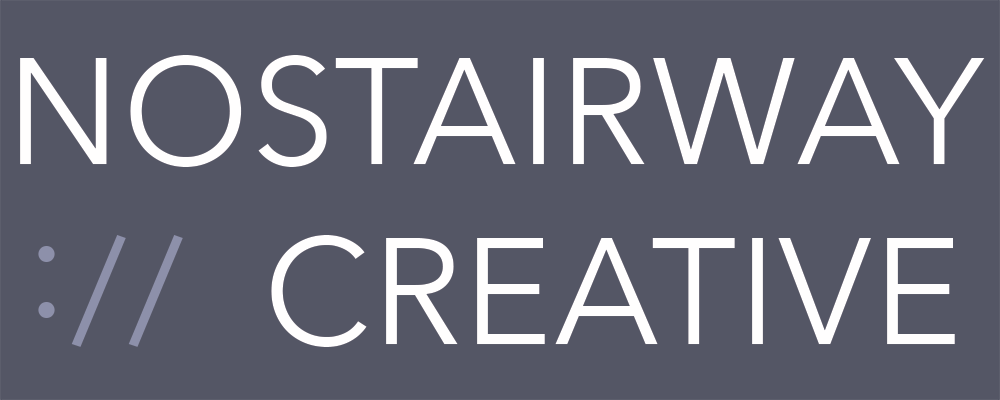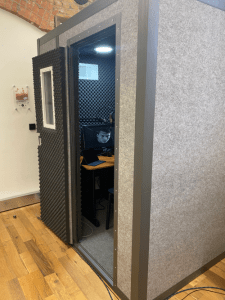We look at the VO studio, it’s background and what it is like now
The VO studio
also known as the voice-over studio, has a relatively short but important history in the world of audio production.
Voice-over work has been around for almost as long as audio recording technology, with early radio shows and commercials often featuring voice actors to narrate or perform various roles. However, in the early days of audio recording, voice-over work was often done in live studio settings with actors performing in front of a microphone, rather than in a dedicated studio space.
As technology advanced
the need for dedicated recording spaces became more apparent, and by the 1960s, purpose-built voice-over studios were becoming more common. These studios were equipped with specialized audio equipment, such as high-quality microphones and mixing consoles, that allowed for greater control over the recording and editing process.
In the 1980s and 1990s, the rise of digital audio technology further transformed the voice-over industry. Digital audio workstations and software allowed for greater precision and control over the recording, editing, and post-production processes. This, in turn, made it easier and more cost-effective for voice-over artists to work remotely from their own studios, rather than having to travel to a dedicated voice-over studio.
Today, the VO studio
remains an essential part of the audio production industry. While remote recording has become more common, many professional voice-over artists and producers still prefer to work in a dedicated studio space with high-quality audio equipment and an experienced engineer to ensure the best possible results.
As of 2023, the VO studio continues to be an important part of the audio production industry, although the way they are used has evolved with advancements in technology.
Remote VO
One major change in recent years has been the increasing popularity of remote voice-over work. With the advent of high-speed internet and affordable audio equipment, many voice-over artists now have their own home studios and can record and deliver high-quality audio files from anywhere in the world. This has made it possible for voice-over artists to work with clients and studios located in different countries and time zones, greatly expanding the reach of the industry.
However, while remote recording has its advantages, many professional voice-over artists and producers still prefer to work in a dedicated studio space with high-quality audio equipment and an experienced engineer. This is especially true for projects that require complex sound design, extensive editing, or multiple voice-over artists working together.
Optimised Sound Quality
In addition to changes in recording technology, the VO studio has also evolved in terms of its physical design. Many modern studios are now designed with acoustic treatments to optimize sound quality, and may also feature ergonomic furniture, customizable lighting, and other amenities to help create a comfortable and productive working environment for voice-over artists and engineers.
Overall, while the VO studio may have changed in some ways over the years, its importance in the audio production industry remains strong, providing a professional and high-quality recording environment for voice-over artists and producers alike.
The VO Artist
The number of voice-over artists has been increasing in recent years along with the VO studio, due in part to the growth of the digital media industry and the increasing demand for audio content.
With the rise of streaming services, podcasts, audiobooks, and other forms of digital media, there is a growing need for voice-over artists to provide narration, character voices, and other types of audio content. Additionally, the increasing popularity of remote recording has made it easier for voice-over artists to work from anywhere in the world, further expanding the talent pool.
As a result, there are now more opportunities than ever for people to pursue a career in voice-over work. This has led to an increase in the number of voice-over artists entering the industry, including those who are just starting out and those who are transitioning from other related fields, such as acting, broadcasting, or advertising.
However, it’s worth noting that the competition for voice-over work can still be quite fierce, particularly for high-profile projects or with well-established studios. As such, it’s important for aspiring voice-over artists to be dedicated, talented, and willing to put in the work to hone their craft and build their skills and reputation in the industry.
We are passionate about VO studios, so if you’d like to ask us anything, just get in touch HERE


Recent Comments